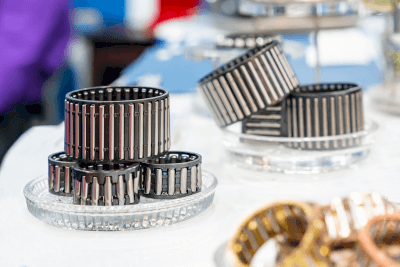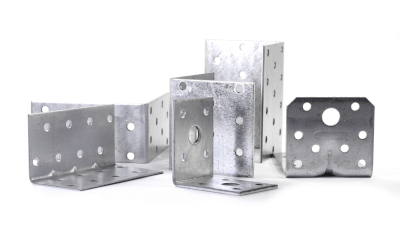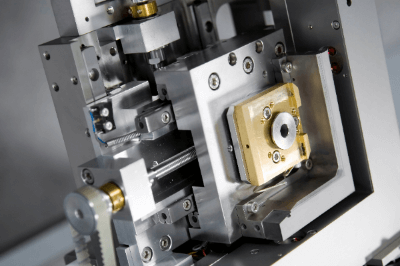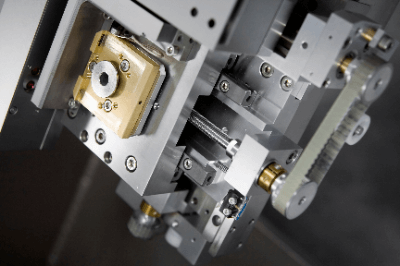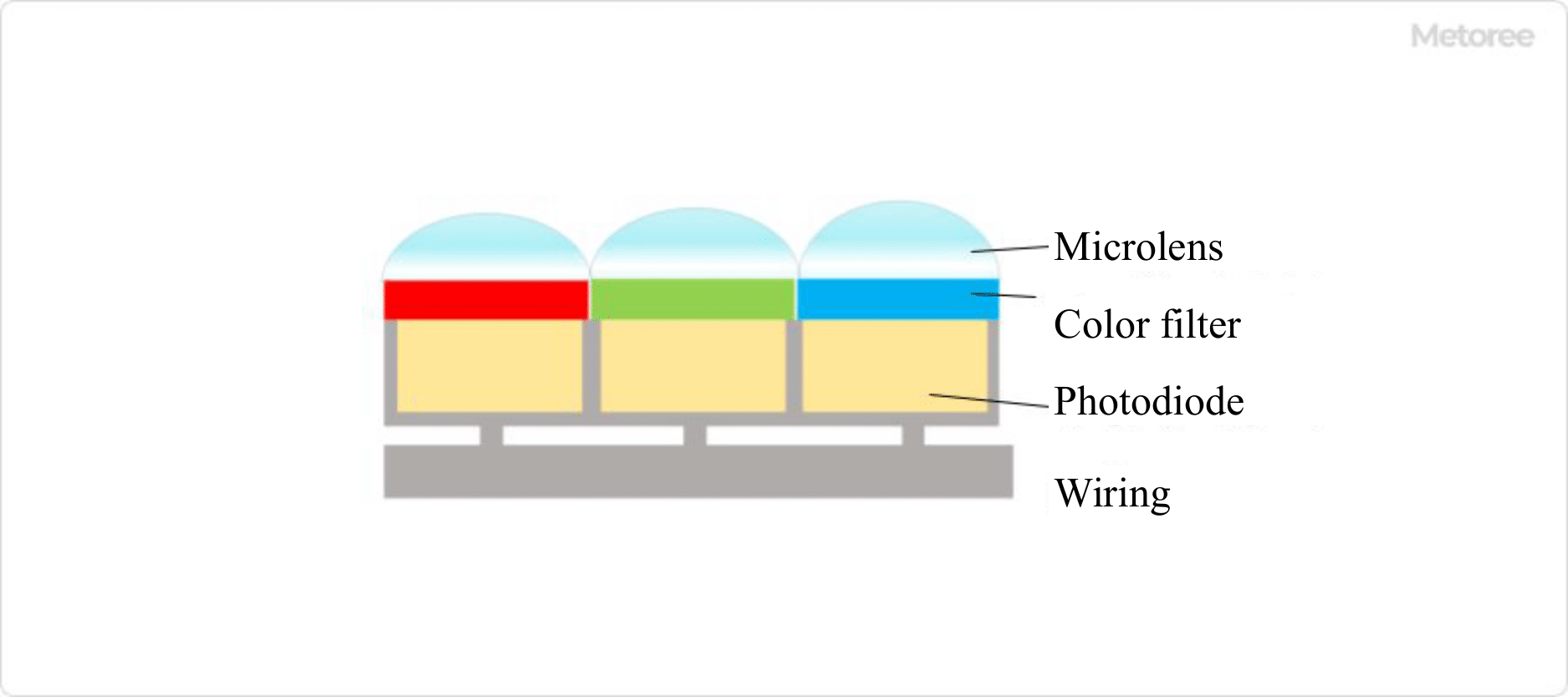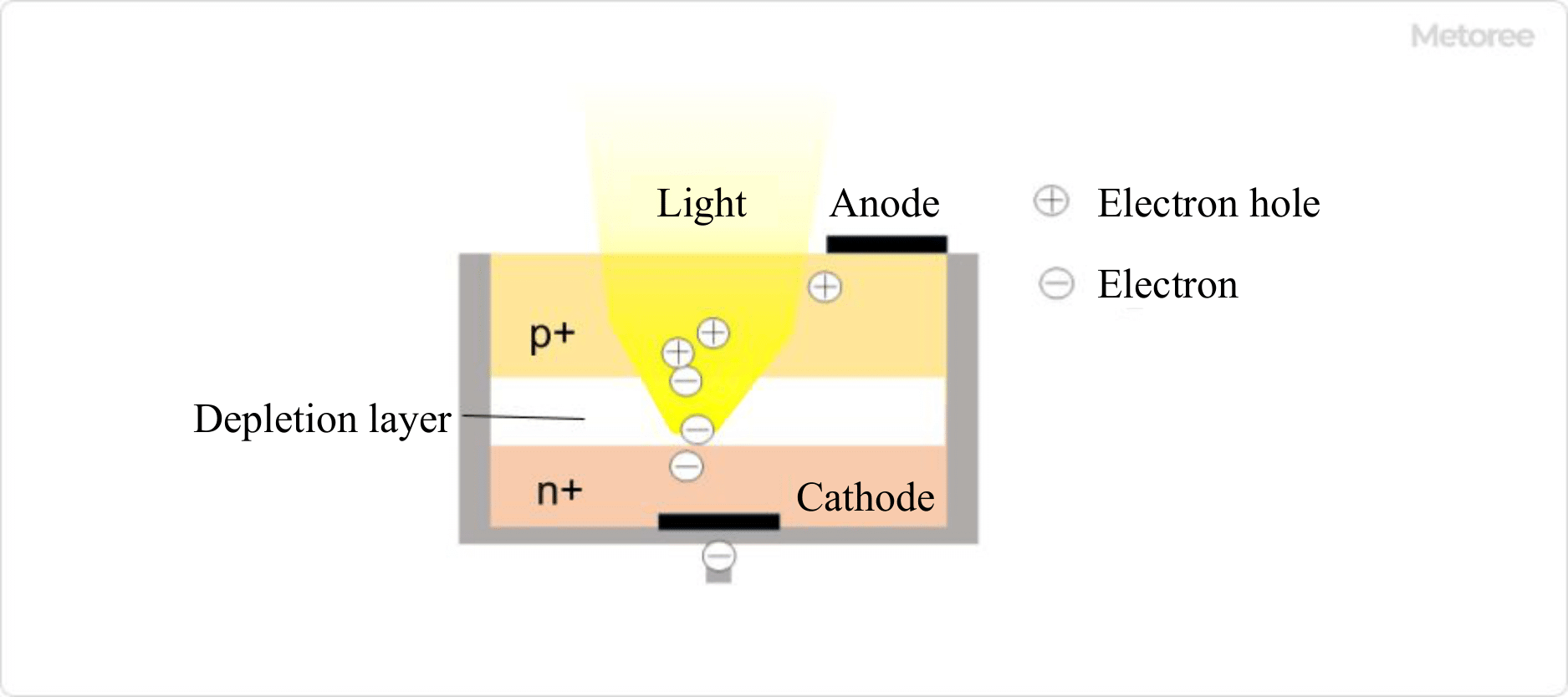What Is a Tap Holder?
A tap holder is a specialized tool used for cutting internal threads in materials such as metal. It securely holds a tap during machining operations, facilitating precise threading. Tap holders are commonly used in manual threading tasks and are essential for ensuring high-precision and efficient work. They are manually operated, requiring no power supply, making them suitable for small-scale repair work in various locations.
However, using a tap holder requires precision in terms of pressure and rotational speed control. Incorrect operation can negatively affect threading quality.
Uses of Tap Holders
Tap holders are versatile tools used in various industries and applications.
1. Machining
In metal processing, tap holders are essential for accurately cutting threaded holes in machine parts and assemblies. They provide consistent and precise threading, crucial for part assembly and installation.
2. Woodworking
Tap holders are also used in woodworking, particularly for accurately cutting screw holes in furniture making and wooden product manufacturing. They ensure secure screw attachment and provide a durable finish.
3. Automobiles
In automotive repair, tap holders are employed to repair damaged screw holes, especially in engine parts. They facilitate the accurate recreation of threaded holes for part installation.
Principles of Tap Holders
Tap holders are designed to securely hold the tap, transmit torque, maintain straightness during tapping, and absorb thread pitch errors. They often have a square shaft to prevent slippage and must be dimensioned according to the tap diameter. Rigidity is crucial to maintain straightness under machining loads. Some tap holders feature telescopic mechanisms to absorb errors in travel distance during threading.
Types of Tap Holders
There are mainly two types of tap holders: hand taps and tap holders for processing machines.
1. Hand Taps
Hand tap holders are manually operated with a handle, requiring skillful control of force and angle for accurate threading.
2. Tap Holders for Processing Machines
These tap holders are attached to the rotary spindle of machine tools, streamlining threading operations in mechanized environments. They enable automated precision threading for mass production and high-precision machining.
